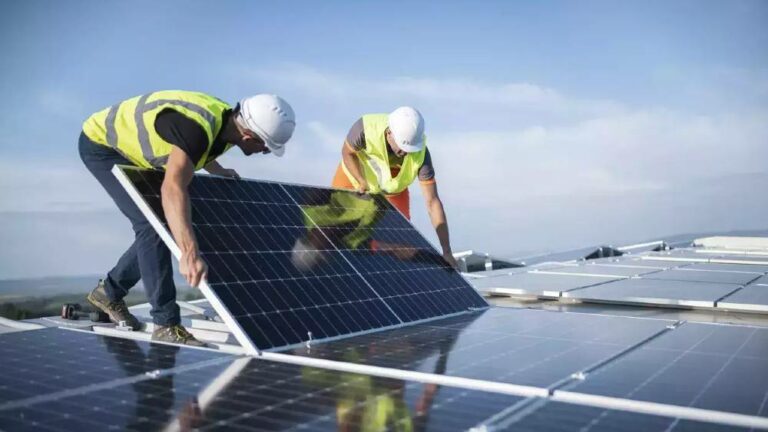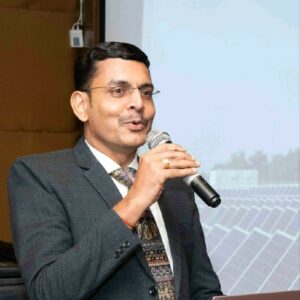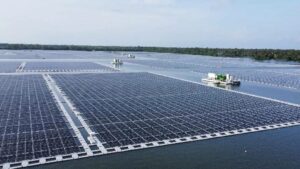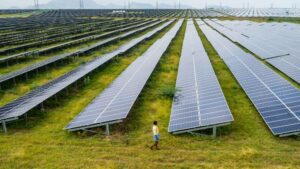Installation of Solar Power Generation Park is a continuous development process since last one decade, but its dependence on power transmission network is not paving way for decentralised installation across India. This bottleneck will be resolved with central government’s new scheme to boost rooftop solar installations in the country with target of installation at 10 million roofs in Indian households.
The scheme comes at a time when the target of rooftop solar installations of the government has not picked momentum.
In May last year, the parliamentary standing committee on energy had said that against a target of 40 GW to be achieved by the end of 2022, only 5.87 GW of rooftop solar projects was installed, which is less than 15 per cent of the target. Currently grid-connected solar rooftop capacity stood at 11.08 GW out of the total solar capacity of 72.31 GW, according to the ministry of new and renewable energy. Under the government’s energy transition plans, solar power is expected to constitute 292 GW of the total renewable capacity of 500 GW by 2030.
During the FY24-25 interim budget presentation, finance minister highlighted that the scheme would enable 10 million households to install rooftop solar projects. This is projected to yield annual savings between ₹15,000 and ₹18,000 for these households. Beneficiaries of the government’s proposed rooftop solar scheme– Pradhan Mantri Suryodaya Yojana – will get free electricity of up to 300 units per month. Currently, the government provides financial assistance for residential solar rooftop projects. To make it more attractive for homeowners, the Union Ministry for New & Renewable Energy has recently revised the Central Financial Assistance for residential solar rooftop projects. New beneficiaries can get additional financial assistance of ₹10,000 to ₹22,000 under the subsidy scheme through the national solar rooftop portal.
State-run REC (Rural Electricity Corporation) will be the implementing agency of the scheme and will lend up to ₹1.2 trillion for the installation of rooftop solar panels. REC has been designated as the implementation agency for the scheme and its board of directors has approved letters of credit of about ₹15,000 crore each for eight central public sector undertakings that would set up the rooftop panels across states.
Stakeholders in Solar sector shall be given tax and duty waivers for solar equipment to boost domestic manufacturing. Global venture capital funding in the energy storage sector in year 2023 reached 9.2 billion USD, with a 59 per cent YoY increase from 5.8 billion USD. The ministry has also approved waiver of the domestic content requirement for solar cells used for FLS under component C of the PM-Kusum program will stay in place till March 31, 2024. FLS plays a pivotal role in the program, which aims to solarise 1.5 million grid connected agriculture pumps by March 31, 2026.
India’s solar cell and module imports rose 55 per cent year on year basis in second quarter of last year, after the approved list of modules manufacturers mandate was suspended, allowing developers to procure solar components from international markets until March 2024. PM Kusum program will benefited millions of farmers with independence of electricity and boosting Agri economy in India. More entrepreneurs are setting up solar panel manufacturing and equipment assembly lines in India, to meet growing demand in next 10 years with various government schemes and household-industrial demands for rooftop solar. Preferred project funding will boost setup of new manufacturing facilities in solar and allied industries.






















